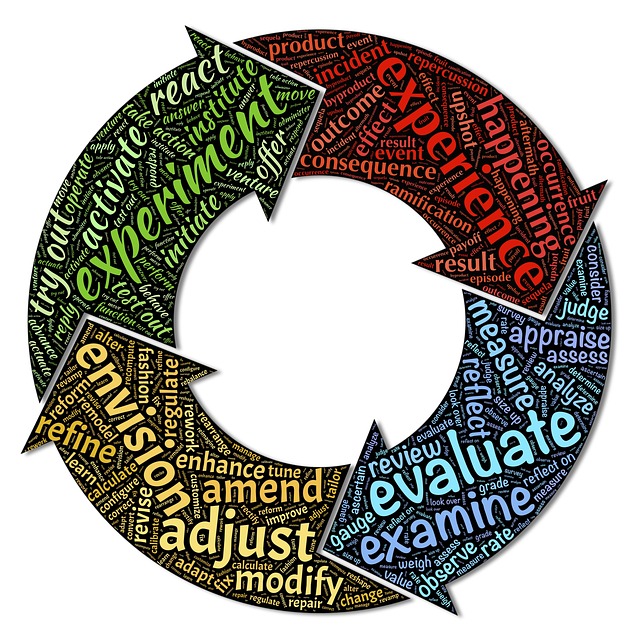So far in this blog, I have explored how agency contributes to mental health and how both action learning and mindfulness build agency – managerial agency and employee agency.
In this post, I want to explore one of the elements that action learning and mindfulness have in common – self-awareness. To the extent that action learning and mindfulness are working towards a common goal, they can reinforce each other and, working in concert, help to transcend the barriers that impede the development of agency and mental health in the workplace.
Mindfulness and Action Learning: Building Self-Awareness
In 2013, I explored how action learning builds mindfulness in the workplace. I focused very much on the respective contribution of action learning and mindfulness to the development of self-awareness. In that blog post for our consultancy company, Merit Solutions, I concluded that action learning builds self-awareness through the norm of “supportive challenge” by peers, along with the challenge of “doing something significant about something imperative” which forces us to redefine our roles, our values and how we perceive ourselves.
I contended there that both action learning and mindfulness have a common goal of building self-awareness – freedom from false assumptions, from entrenched negative thoughts and stories and from narrow perspectives on what people are capable of achieving. This self-awareness, in turn, builds agency and mental health.
In discussing what is definitive about action learning, Reg Revans, in his book, The Origins and Growth of Action Learning, explained that action learning, involving real commitment to action in the here-and-now, causes the participants to “become aware of their own values” and entails a “voyage of self-discovery” which enables them to “fix attention upon this inner and personal self”. In the process of taking action after disclosing their own motives for change “to close and critical colleagues”, they are “obliged to explore that inner self otherwise taken for granted and never questioned”. Critical but supportive colleagues help the action learner to assess their own ideas and outcomes in an often-hostile organisation environment and this, in turn, will “purge them of any lingering self-deception”. Thus, action learning involves “development of the self by the mutual support of equals” who are also engaged in the “struggle to understand themselves”. (pp. 630-633).
Jon Kabat-Zinn, a global leader in the mindfulness movement, in an interview with Krista Tippett, stated that mindfulness meditation results in a new level of self-awareness:
…you change your relationship to who you think you are as a person and in particular to the story of who you are or think you are.
As we grow in mindfulness and engage in action learning we realise that we are on a journey of self-discovery where the limitations of our thoughts and actions are exposed and we are forced to confront ourselves and the level of alignment between our words and actions.
By Ron Passfield – Copyright (Creative Commons license, Attribution–Non Commercial–No Derivatives)
Image source: courtesy of Gadini on Pixabay
Disclosure: If you purchase a product through this site, I may earn a commission which will help to pay for the site, the associated Meetup group and the resources to support the blog.














